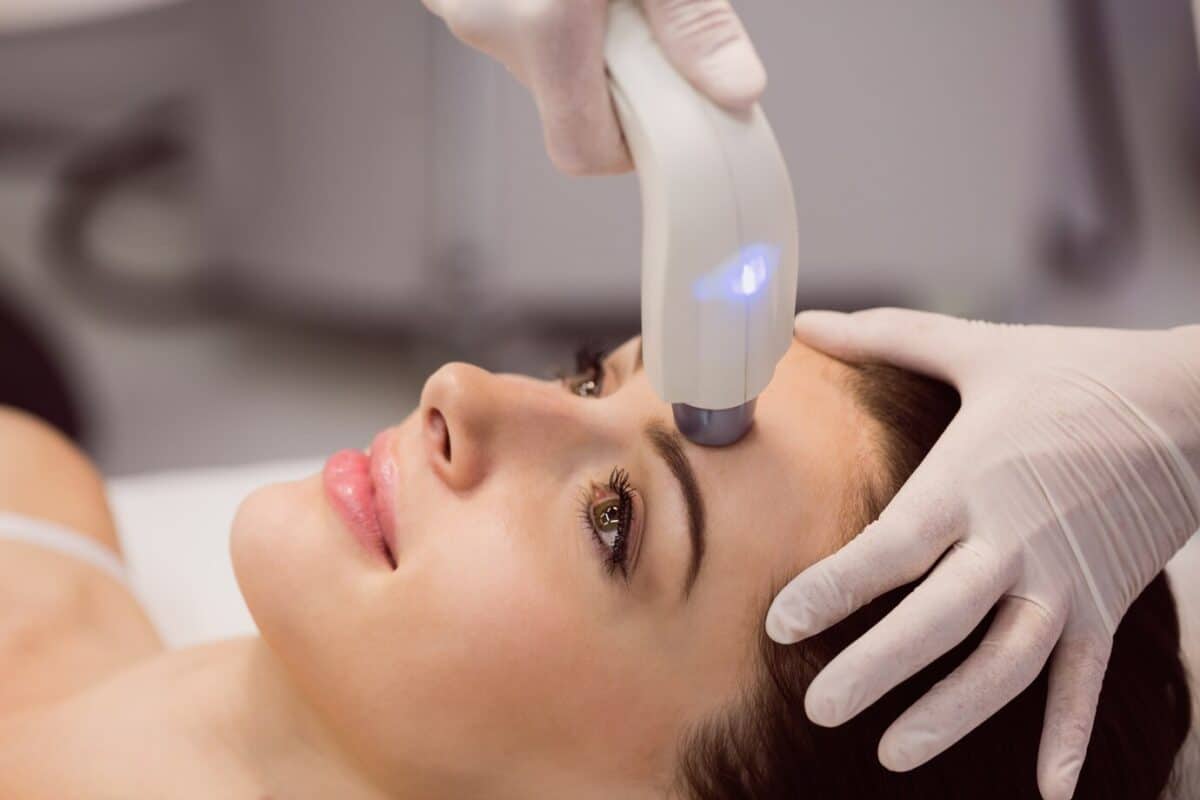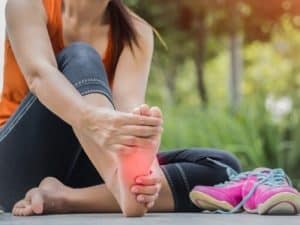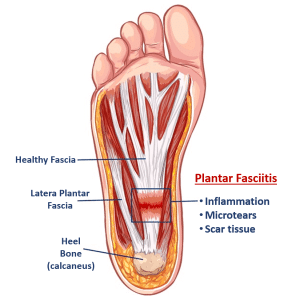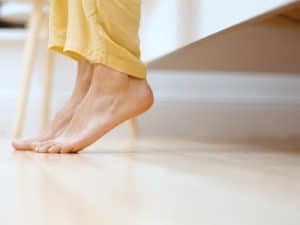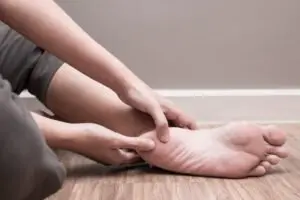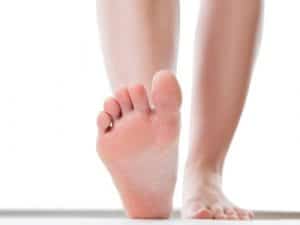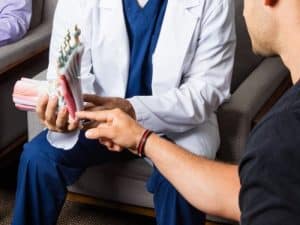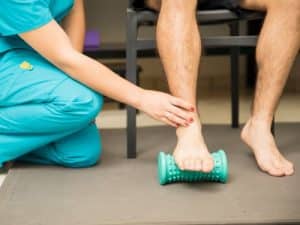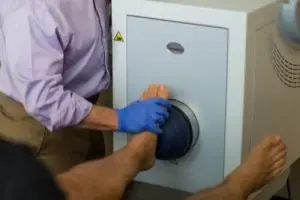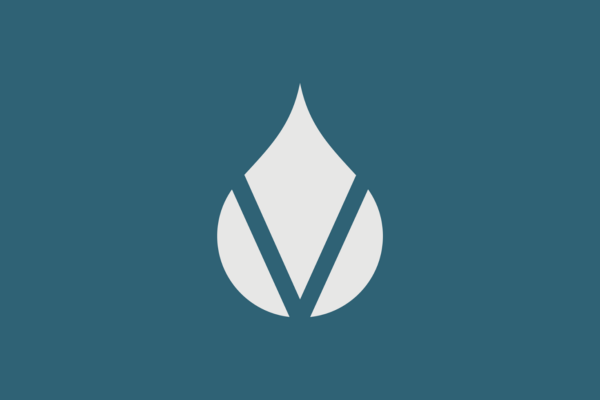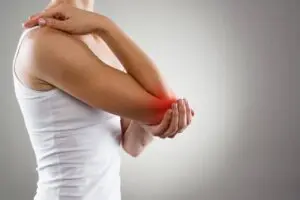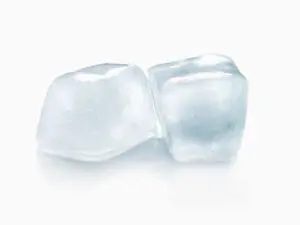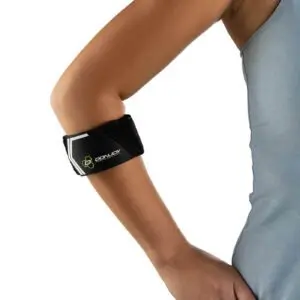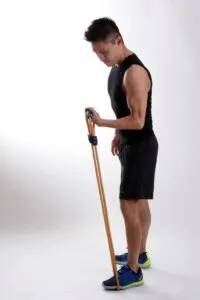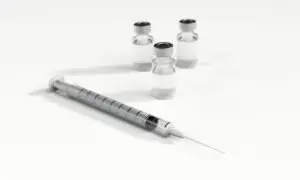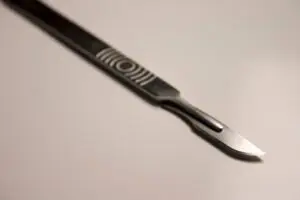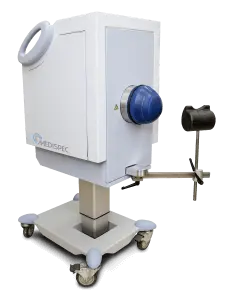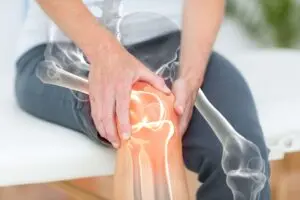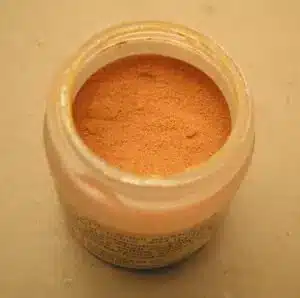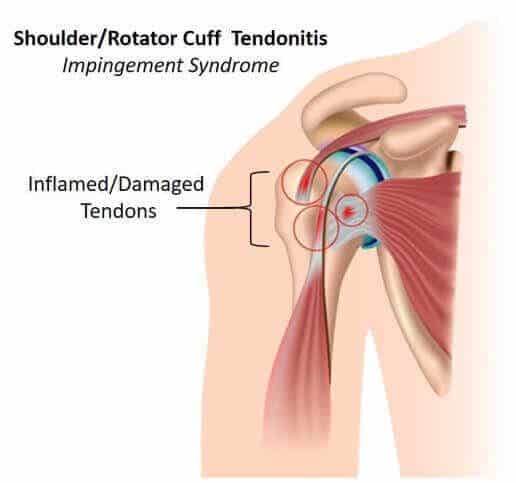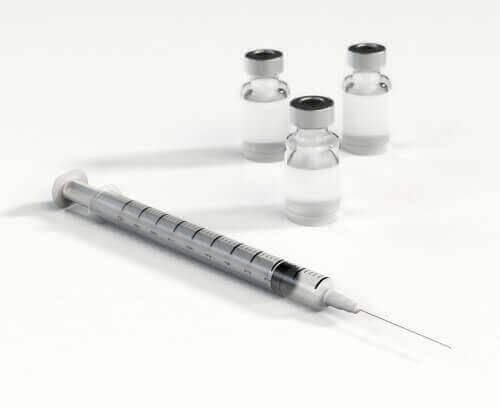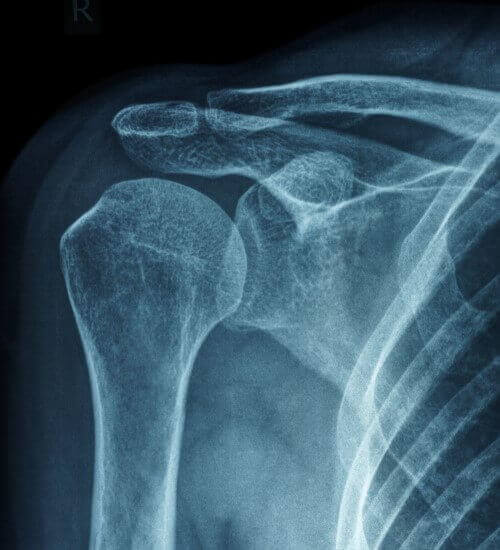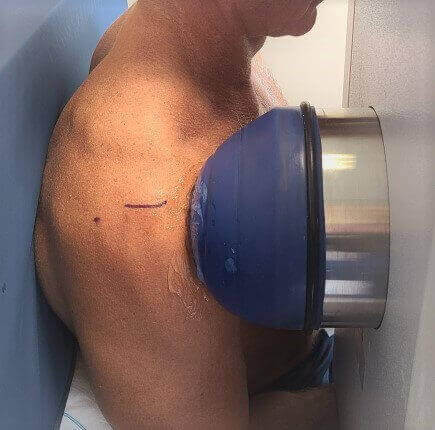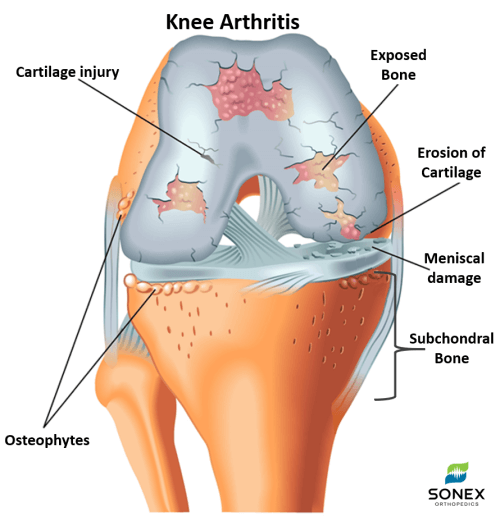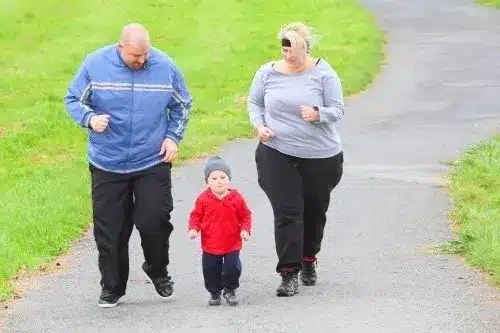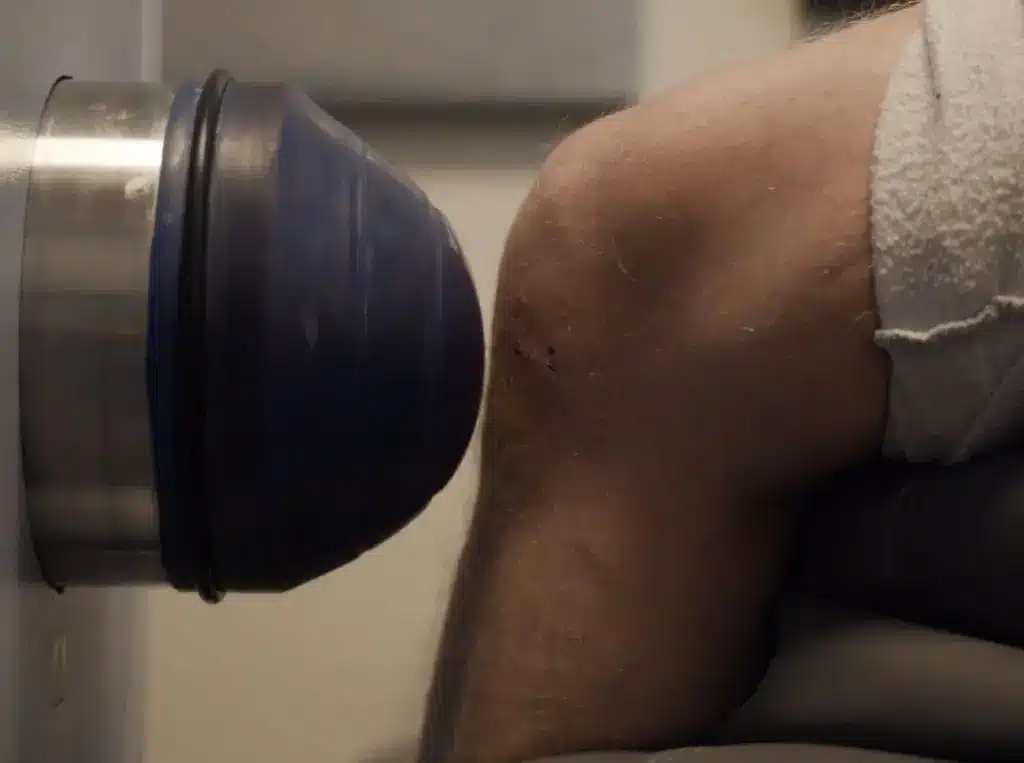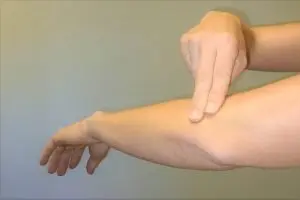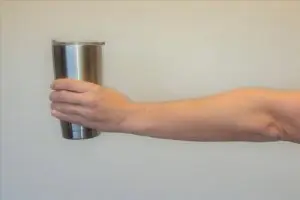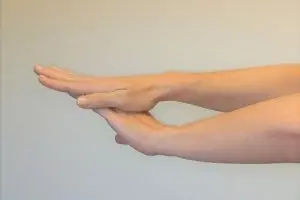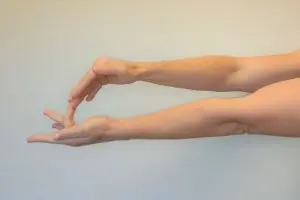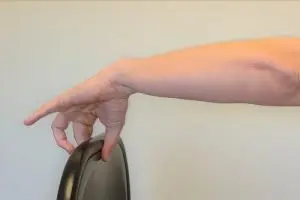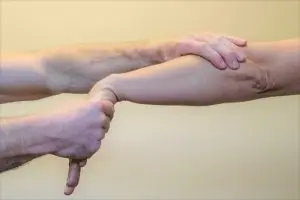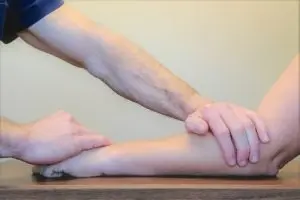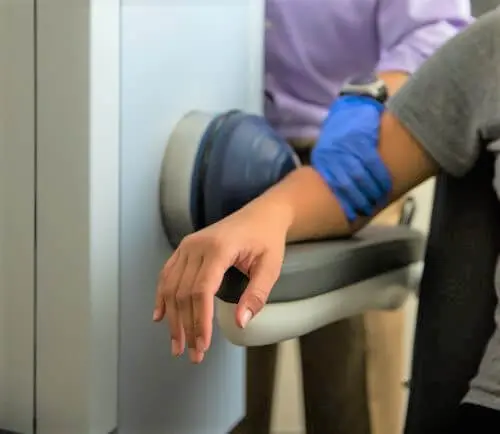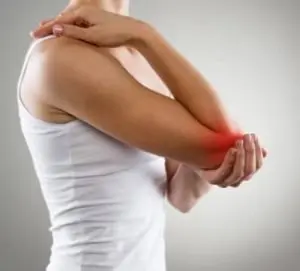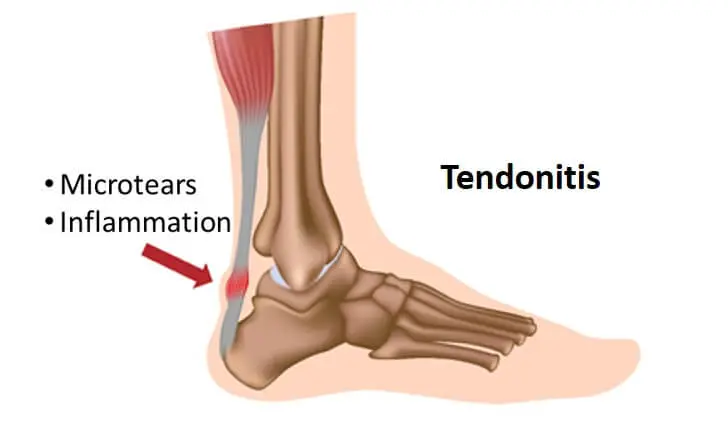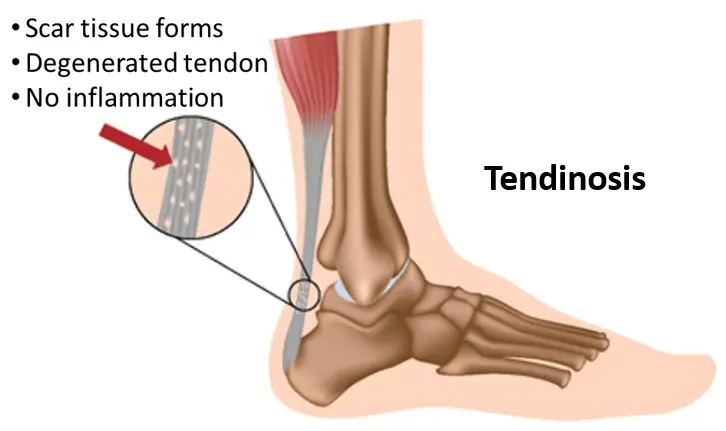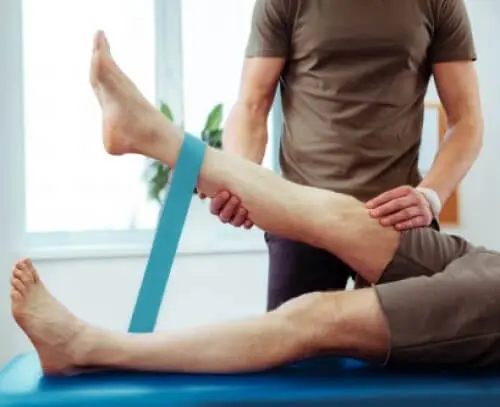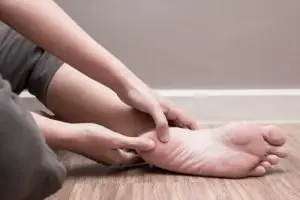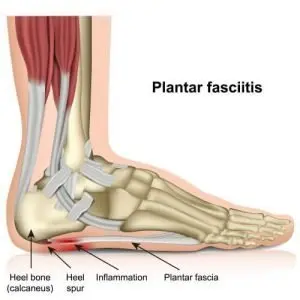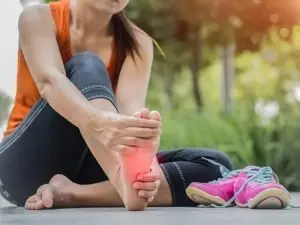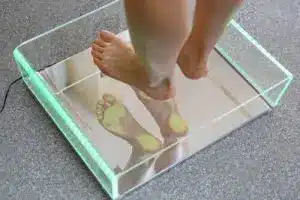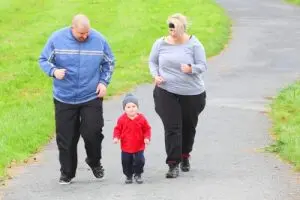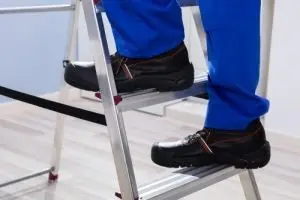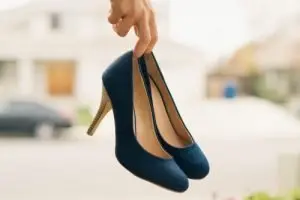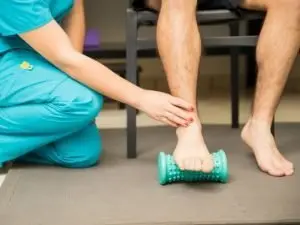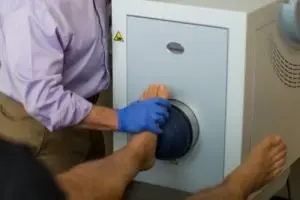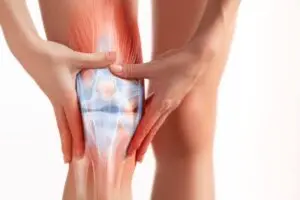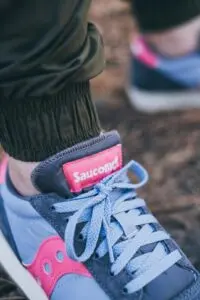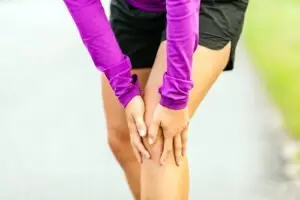The Science Behind Laser Skin Rejuvenation: Elevate Your Skin’s Health
Laser Skin Rejuvenation
Located in Cedar Park, TX, Vessel Longevity & IV Bar is proud to be at the forefront of cutting-edge skin care treatments. One of the most sought-after treatments in our suite of offerings is Laser Skin Rejuvenation. In this article, we’ll delve deep into the science-backed benefits of this treatment, shedding light on how it can elevate your skin’s health.
What Is Laser Skin Rejuvenation?
Laser Skin Rejuvenation is a non-invasive procedure that employs the power of light energy to enhance the skin’s appearance. The targeted laser beams work on the skin’s deeper layers, stimulating collagen production and promoting a youthful appearance.
The Science Behind the Process
The premise of this treatment is simple: when light energy penetrates the skin, it stimulates the body’s natural healing processes. Here’s how the science plays out:
Collagen Stimulation
The primary reason our skin starts to sag or show signs of aging is a reduction in collagen production. Laser treatments rekindle this production, filling in wrinkles and providing a smoother texture.
Skin Resurfacing
The lasers meticulously remove the damaged outer layers of the skin. This resurfacing effect promotes the growth of a new, healthy layer, thereby enhancing your complexion.
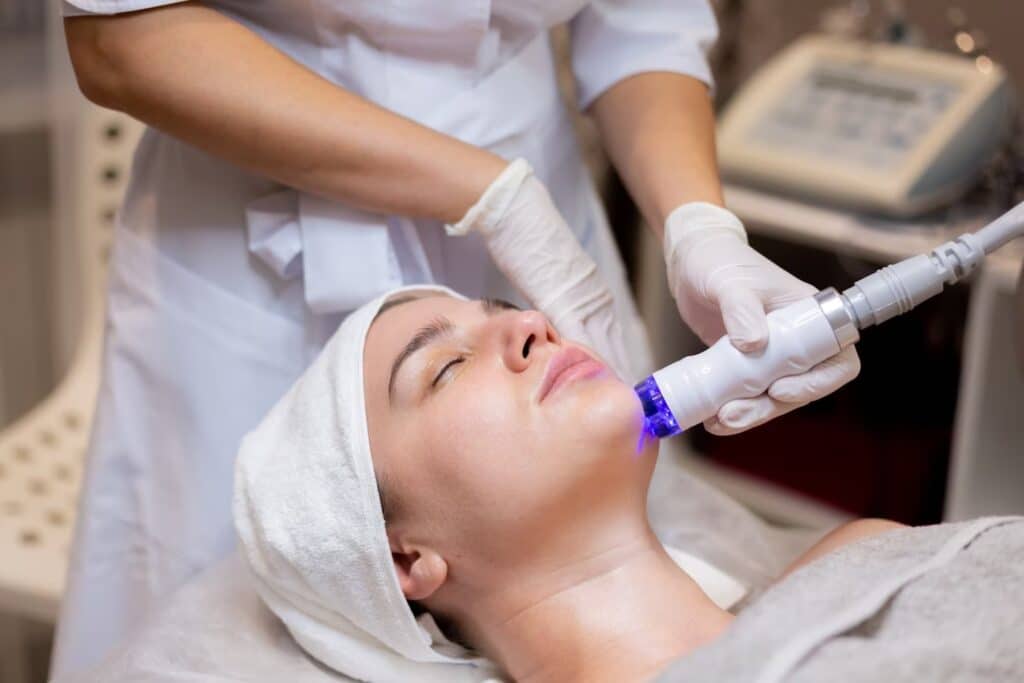
Targeted Treatment
Laser Skin Rejuvenation specifically targets problem areas, be it sunspots, scars, or wrinkles, ensuring that the most noticeable concerns are addressed.
Top Benefits of Laser Skin Rejuvenation
Reduction in Fine Lines and wrinkles
One of the most celebrated advantages is its effectiveness in diminishing fine lines and wrinkles, giving you a more youthful appearance.
Improved Skin Tone & Texture
After treatment, patients often notice a significant improvement in their skin’s tone and texture. Uneven pigmentation and rough patches become things of the past.
Minimized Pores
Enlarged pores can be a pesky concern. Laser treatments help in reducing their size, offering a more refined look.
Scar Treatment
From acne scars to surgical scars, Laser Skin Rejuvenation can reduce their appearance, making them less noticeable.
Post-Treatment Care & Maintenance
Minimal Downtime
Unlike more aggressive treatments, Laser Skin Rejuvenation generally requires minimal recovery time. Most individuals can resume their regular activities almost immediately.
Regular Moisturizing
After the treatment, it’s essential to keep the skin moisturized. This aids in the healing process and ensures lasting results.
Sun Protection
The treated skin can be sensitive to sunlight. Therefore, applying a high SPF sunscreen and avoiding direct sun exposure is crucial.
Why Choose Vessel Longevity & IV Bar?
Expertise Matters
At our Cedar Park location, we pride ourselves on housing experienced professionals who are well-versed in the intricacies of Laser Skin Rejuvenation. Our team ensures that each session is tailored to your specific needs.
State-of-the-Art Equipment
We invest in the latest and most advanced laser equipment. This commitment ensures not just effective treatments but also maximizes safety and comfort.
Personalized Consultations
Every skin type is different. At Vessel Longevity & IV Bar, we prioritize personalized consultations to understand your skin goals and recommend the most suitable treatment plan.
Recommendations for Laser Skin Rejuvenation
Ideal Candidates for the Treatment
Laser Skin Rejuvenation is suitable for individuals who experience moderate signs of aging, sun damage, or other facial imperfections. However, a consultation is recommended to ensure the treatment aligns with your specific needs.
Frequency of Treatment
For optimal results, many individuals choose to undergo a series of treatments, typically spaced 4-6 weeks apart. This frequency helps maintain the rejuvenating effects and promotes lasting improvements.
Pairing with Other Treatments
While Laser Skin Rejuvenation is powerful on its own, combining it with complementary treatments can amplify results. Consider discussing options like chemical peels or microdermabrasion with our specialists at Vessel Longevity & IV Bar.
Debunking Common Myths
It’s Painful
A prevalent myth is that laser treatments are painful. While there may be slight discomfort, most patients describe the sensation as a rubber band’s snap against the skin. Moreover, topical numbing agents can be used to enhance comfort.
Results Are Immediate
Post-treatment, you might observe a fresher look, but the real magic unfolds over the subsequent weeks. As collagen production is stimulated, the improvements become more pronounced.
Only for the Face
Though commonly used for facial treatments, Laser Skin Rejuvenation is also effective for addressing concerns on the neck, chest, hands, and other areas.
Safety and Potential Side Effects
A Safe Procedure
When conducted by trained professionals using state-of-the-art equipment, like at Vessel Longevity & IV Bar, the risks associated with Laser Skin Rejuvenation are minimal.
Possible Side Effects
After the treatment, some patients may experience redness, swelling, or minor discomfort, which typically subsides within a few hours to days. It’s essential to follow post-treatment care guidelines to minimize these effects.
The Cost-Effective Nature of the Treatment
Long-Lasting Results
While the upfront cost might seem substantial, the longevity of the results makes Laser Skin Rejuvenation a cost-effective solution in the long run.
Preventive Measures
By addressing skin concerns early, you can avoid more invasive and expensive treatments in the future. Think of it as an investment in your skin’s health.
Conclusion
Laser Skin Rejuvenation, backed by solid scientific principles, offers a many of benefits ranging from improved skin texture to diminished signs of aging. Located in Cedar Park, TX, Vessel Longevity & IV Bar is committed to providing this transformative treatment with the utmost precision and care, ensuring you achieve the radiant skin you’ve always desired.
Ready to Elevate Your Skin’s Health?
At Vessel Longevity & IV Bar, we’re here to guide you on your journey to impeccable skin health. If you have questions or are considering it, our expert team is just a phone call away. Feel free to reach out to us at 512-337-7722. We’re eager to help you put your best face forward!

